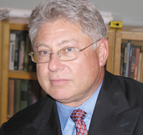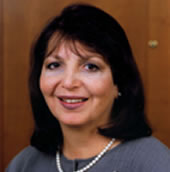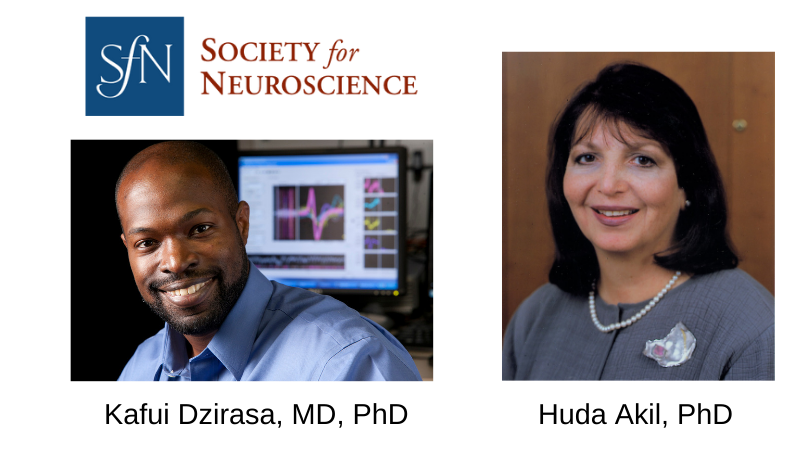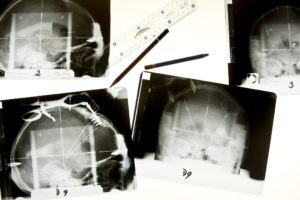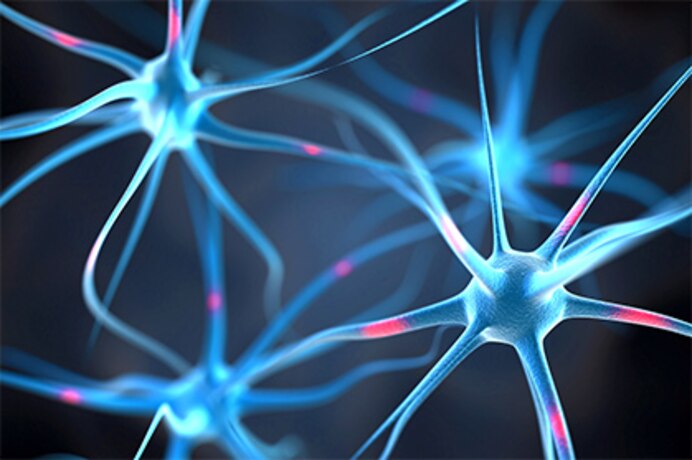Guest Bloggers
HDRF Scientists in the News!,
October 24, 2019
We’re excited to announce that two members of our Depression Task Force recently received prestigious awards from the Society for Neuroscience, the largest society of professional neuroscientists in the world. Its annual meeting draws over 44,000 participants.
Huda Akil, PhD
Dr. Akil received the Julius Axelrod Prize for her enduring influence on the field. She is recognized for her major achievements in neuroscience as well as her exemplary efforts in mentoring young scientists.
Click here to read the full article…
HDRF Depression Task Force in the News,
October 8, 2019
We’re pleased to share the recent New York Times coverage of major results from the lab of Depression Task Force member Helen Mayberg, a professor of neurology, neurosurgery, psychiatry, and neuroscience at Mount Sinai.
Brain Stimulation Shows Promise in Treating Severe Depression (Oct. 4) reports on Dr. Mayberg’s pioneering work in Deep Brain Stimulation (DBS) — a novel treatment for severe depression that involves implanting electrodes in the middle of the brain.
Over several years, Dr. Mayberg’s lab has assessed the effects of Deep Brain Stimulation on a select group of severely depressed patients, in a major study funded in part by HDRF, thanks to your support. Desperate for answers, the patients came to Mayberg after repeated failure to respond to antidepressants, psychotherapy, and even electroshock therapy.
Click here to read the full article…
HDRF Scientist in the News!,
September 5, 2019
We are proud to announce that Dr. Carla Nasca, a postdoctoral fellow with our Depression Task Force, is a finalist for the 2019 Blavatnik Award for Young Scientists.
Her work, funded in part by HDRF, has discovered that a natural chemical in the body (acetyl-L-carnitine, or LAC for short) can rewire the brain and is a possible new treatment for depression.
What’s exciting is how LAC works. Its main function in the brain is to enhance actions of the neurotransmitter glutamate, which helps cells recover after a major stressful event.
It’s as though LAC helps jumpstart the “first responders” in the cell after the body is hit by a stress attack. If LAC levels are low, that spells trouble and can lead to depression.
Click here to read the full article…
New Hope for PTSD Treatment,
May 16, 2019
Newly Identified Neural Circuit May Be Target for Future PTSD Treatments
A research team funded by the Hope for Depression Research Foundation (HDRF) has identified a specific circuit of young adult-born neurons in the brain that plays a key role in the recognition of a safe versus hazardous situations.
Their findings, recently published in Science, could pave the way for more targeted treatments for conditions such as PTSD that are associated with hypervigilance and recurrent distressing memories.
“Without these cells, we would be incapable of distinguishing similar situations from each other, a process sometimes termed pattern separation, which is critical not only for forming novel memories but also for discriminating between safe and dangerous contexts,” said the study’s senior investigator, René Hen, PhD, of Columbia University, and a founding member of HDRF’s Depression Task Force.
Click here to read the full article…
Breakthrough Research from HDRF,
September 5, 2018

A major study funded by Hope for Depression Research Foundation (HDRF) at Rockefeller University has revealed that a compound known as Acetyl-L-Carnitine (LAC) may be a biomarker for depression — a discovery that could lead to a potential blood test for depression.
The study, published July 30 in Proceedings of the National Academy of Sciences (PNAS), also points to a breakthrough new class of anti-depressant that is faster-acting and free of side effects than the current treatments that have been in use for the past 30 years.
Click here to read the full article…



